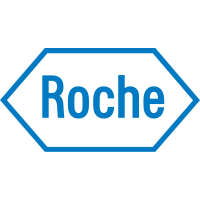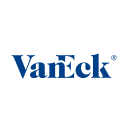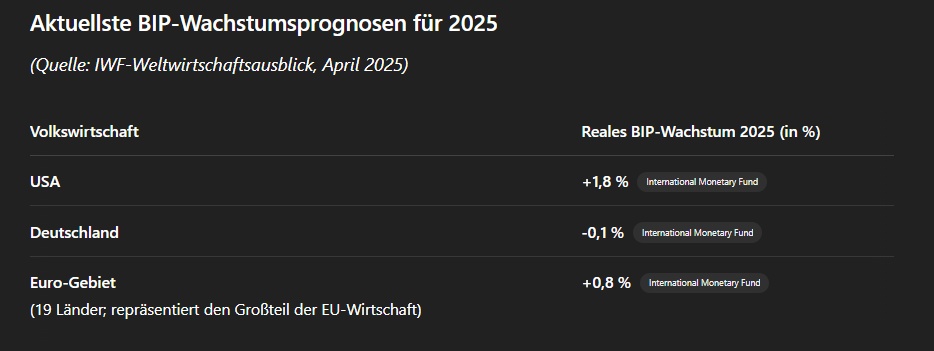Johnson & Johnson (Pharmaceuticals) - $JNJ (+1.28%) Invests over 55 billion US$ in the USA within four years to expand production and researchreuters.com. Four new plants are planned (the first in Wilson, North Carolina, has already been launched)reuters.com. This step was taken in March 2025, shortly after the Trump administration imposed a import tariff of 25 % on medicines on medicines and is intended to help produce more medicines domesticallyreuters.com
reuters.com. (Source: company statement/Reuters)
Roche (Pharmaceuticals) - $ROG (-0.78%) The Swiss pharmaceutical company announced 50 billion US$ investments in the USA over the next five yearsfaz.net. This is Roche's response to President Trump's threat to impose tariffs of ~25 % on pharmaceutical importsto produce more important medicines in the USAfaz.net
faz.net. Plans include 1,000 new jobs in production and research (plus approx. 11,000 jobs with suppliers and construction) in the USAfaz.net. Announcement was made in April 2025 (Source: Company statement/F.A.Z.)
Eli Lilly (Pharma) - $LLY (+3.19%) Announced in Feb. 2025, 27 billion US$ to invest in the construction of four new production facilities in the USAreuters.com. This is expected to more than double US production capacity and create over 3,000 new high-tech jobs (plus ~10,000 construction jobs)reuters.com. The background to this is the threat of a 25% tariff on drug imports, which is prompting Lilly to relocate production from Ireland & Co. to the USAfaz.net. (Source: Company statement/Reuters)
Novartis (Pharma) - $NOVN (-0.16%) Plant 23 billion US$ for the expansion of 10 US sites (including 6 new production plants and an R&D center in San Diego)reuters.com. This five-year investment offensive (announced on April 10, 2025) comes two days after Trump announced "big tariffs" on drug imports
reuters.com. Novartis wants to relocate the production of important drugs to the USA (>1,000 new highly qualified jobs plus ~4,000 jobs in construction and support)reuters.com
reuters.com. (Source: Company statement/Reuters)
Merck & Co (Pharmaceuticals) - $MRK (+2.09%) In March 2025, the US pharmaceutical company (not to be confused with Merck KGaA) opened a new US$ 1 billion plant in North Carolina and announced plans to invest a total of ~8 billion US$ in the USA by 2028reuters.com
reuters.com. Trump is increasing the pressure on the industry to move production back and has threatened to impose 25 % tariffs on pharmaceutical products
reuters.com. Merck has responded by investing over USD 12 billion in US plants since 2018 and is continuing to expand in order to circumvent import tariffsreuters.com
reuters.com. (Source: Reuters)
Hyundai (Automotive) -$HYUD In March 2025, the South Korean manufacturer announced a package of 21 billion US$ of investments in the USAspectrumlocalnews.com. This includes, among other things US$ 5.8 billion for a new steel mill in Louisiana (approx. 1,400 jobs)spectrumlocalnews.com and a new e-car plant in Georgia (US$ 8 billion)which will create over 8,500 jobsspectrumlocalnews.com. Hyundai is thus increasing its US production capacity to over 1 million vehicles/year
autohaus.de
spectrumlocalnews.com. President Trump saw this as a success for his tariffs - Hyundai would "produce its steel in America and build cars in America and thus not have to pay tariffs"
autohaus.de
spectrumlocalnews.com. (Source: Company statement/Spectrum News)
Stellantis (Automotive) - $STLAM (-0.39%) The Fiat-Chrysler/PSA Group provides 5 billion US$ to expand its US production facilitieswhitehouse.gov. The centerpiece is the reopening of the Belvidere plant (Illinois), which was shut down in 2023 to produce new models (including a mid-size pickup)automotivemanufacturingsolutions.com. This will create around 1,500 jobs for regular UAW employees will be restoredautomotivemanufacturingsolutions.com
automotivemanufacturingsolutions.com. This investment was announced in late 2024/early 2025 in connection with the new UAW collective bargaining agreement and Trump's auto tariffs (25% on imported cars from April 2025) agreed - Stellantis' Chairman met personally with Trump to "secure the future of the company"automotivemanufacturingsolutions.com. (Source: Company statement/FT/AMS)
TSMC (Semiconductor) - $TSM (-4.23%) The Taiwanese chip contract manufacturer TSMC announced in March 2025 that it will invest an additional 100 billion US$ to invest in the USAreuters.com. The plan is to build five new factories over the next few years (three chip fabs, two packaging plants and a large R&D center)reuters.com
reuters.com. The background to this is US efforts to be less dependent on Asian chips (national security) - Trump emphasized that key semiconductors "be built here in the USA"reuters.com. TSMC's expansion is expected to create 40,000 construction jobs in four yearsreuters.com and reduce dependence on imports. (Source: Company statement/Reuters)
Apple (Electronics) - $AAPL (-0.42%) The tech company announced 2025, 500 billion US$ to invest in US manufacturing and educationwhitehouse.gov. This enormous sum (over 4 years) includes already planned expenditures, but signals Apple's willingness, to relocate more production and value creation to the USA
reuters.com. Apple has been under pressure because many of its products (iPhone, Mac) are manufactured in China and are being targeted by Trump's China tariffs could be targeted by Trump's China tariffs. The investment pledge - including new US locations and supplier programs - is intended to help maintain exemptions from import tariffs and promote "Made in USA"reuters.com
reuters.com. (Source: Company statement/White House, Reuters)
Sources: Primary data from the companies and reports (F.A.Z., Reuters, Spectrum News, etc.), see citations.














